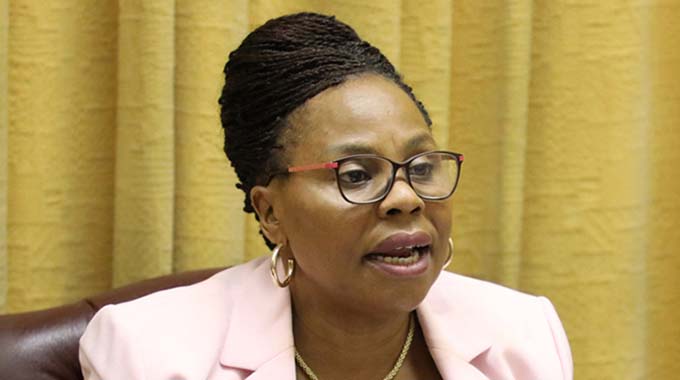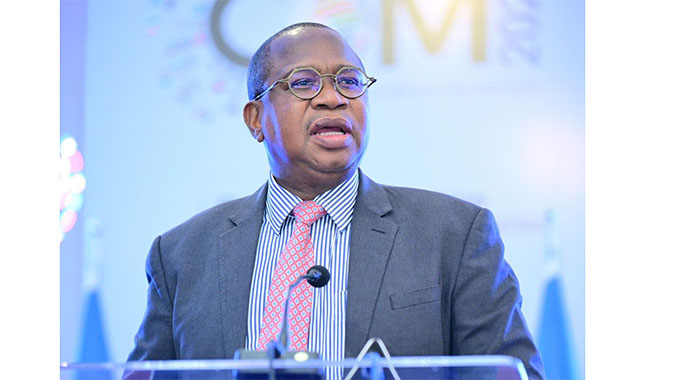Valedictory to Mungoshi, the brilliant writer

Tendai H. Manzvanzvike Group Foreign Editor
“IF you want to hide something from a black person, put it in a book,” was a saying meant to buttress the long-held stereotype against black people.
The literary world celebrates the life and works of Charles (Lovemore Muzuva) Mungoshi who was laid to rest in his Chivhu, Mashonaland East, home on February 19, and it does so with pride knowing that Mungoshi, did not just open those books, but he went on to write a number of books in Shona and English, some of them classics that won him international literary awards.
He was a novelist, playwright and poet.
The icing on the cake for Zimbabwe’s literary giant was when he became one of the top five African writers in “Africa’s 100 Best Writers of the 20th Century”, spearheaded by the Zimbabwe International Book Fair (ZIBF) at the turn of the new millennium.
With “Waiting for the Rain”, which was published in 1975, Mungoshi also entered the hall of fame of the Heinemann African Writers Series — “a series of books by African writers published by Heinemann since 1962. The series has ensured an international voice to major African writers —including Chinua Achebe, Ngugi wa Thiong’o, Steve Biko, Ama Ata Aidoo, Nadine Gordimer, Buchi Emecheta, and Okot p’Bitek . . . The AWS created a forum for many post-independence African writers, and provided texts that African universities could use to address the colonial bias then prominent in the teaching of literature.” — (Wikipedia).
Mungoshi was not just a writer, he was a genius, both in his vernacular Shona language and the Queen’s language.
With a literary career spanning over four decades, Mungoshi was the voice of the voiceless, who wrote on every discipline — science and technology included.
A lot has been written about his English novels and short stories, especially “Waiting for the Rain”.
But, this writer studied and analysed Mungoshi’s Shona novels in the age of technological development, all four of them: Ndiko Kupindana Kwamazuva (The passage of time); Makunun’unu Maodzamoyo (worry breeds misery); Inongova Njake Njake(each does his/her thing); Kunyarara Hakusi Kutaura? (Is silence not a form of speech?)
Mungoshi, like his pioneers, sought to find meaning between the pre- and post-colonial era where the Western way of life was gaining dominance and eroding the rich traditional past.
Through his writings, he was also searching for his identity and wanted the restoration of whatever was lost.
Using sharp terminology, especially in Kunyarara Hakusi Kutaura?, Mungoshi penetrates at a world that has lost meaning and direction.
But it is the speech form — interior monologue or stream of consciousness —he uses, that makes him a cut above the more than 100 Shona writers the author has read.
One academic who has extensively studied Mungoshi’s Shona works, Professor George P. Kahari, says in his book, The Rise of the Shona Novel, “Kunyarara Hakusi Kutaura? is composed entirely of interior (interior) monologues.
“It is a narrative of introspection in which the author captures the spectrum, depth, and flow of a character’s mental processes.”
Like a clairvoyant, Mungoshi goes into his characters’ minds in order for them to unravel the hidden truths about other personalities.
The badge of honour he bestows on Mungoshi is that he “has moved the Shona novel significantly forward by writing a work in which the thought processes of a character are made as ‘real’ in the narrative as the concrete objective world he inhabits.”
However, as these colossal giants and wordsmiths depart from our midst one-by-one, the major question is: who in this age of social media is filling their shoes?
Will we ever have thought leaders of such calibre, who will question the past and the present, and have visions about the future? Will we?
Are our institutions capable of producing competent writers such as Dambudzo Marechera, Patrick Chakaipa, Mungoshi and others? Who will also walk in Oliver “Tuku” Mtukudzi’s shoes?
Another key issue to interrogate is whether art — be it music, writing, sculpture or painting are relevant in a world preparing for the Fourth Industrial Revolution.
In a world where more people are using English as a medium of communication, are our languages: Shona, Ndebele, Shangaan, Tonga, etc still relevant?
Can one still be technologically innovative using OUR languages and the arts as a medium of communication?
What is also the economics of the arts or should it be the political economy of the artistic industry?
Did we also realise that the likes of Mungoshi and Mtukudzi were the linguists in our midst who passed on social, cultural, economic, political and technological knowledge since they did so in their mother tongues?
American information systems guru Paul A. Strassmann once decried the lack of linguists in the United States.
His perception was far reaching, for linguists have the ability to encode and decode communications in society.
Simply put, this is what our living and departed artists do. They are not just writing and/or singing, but they are telling us that Vision 2030 is possible.
They are also telling us that we can create the Fourth Industrial Revolution, using our indigenous knowledge systems.
China is not using English to achieve this. Neither Japan, South Korea, France and/or Germany. We can also do it through our vernacular languages that put Mungoshi and Mtukudzi and in the process Zimbabwe on the global map.







Comments